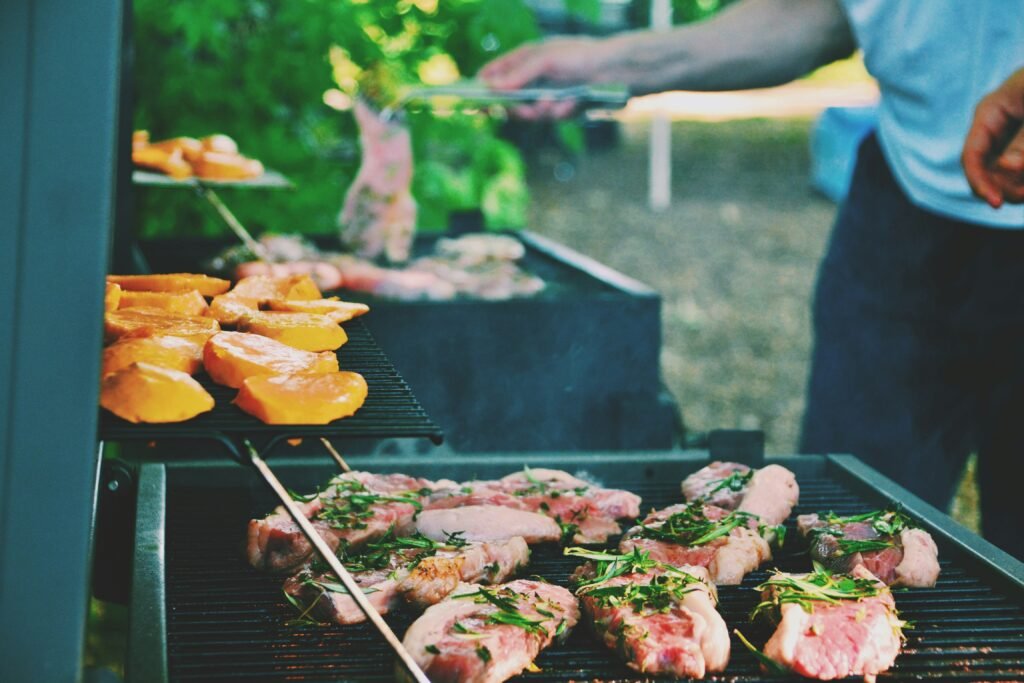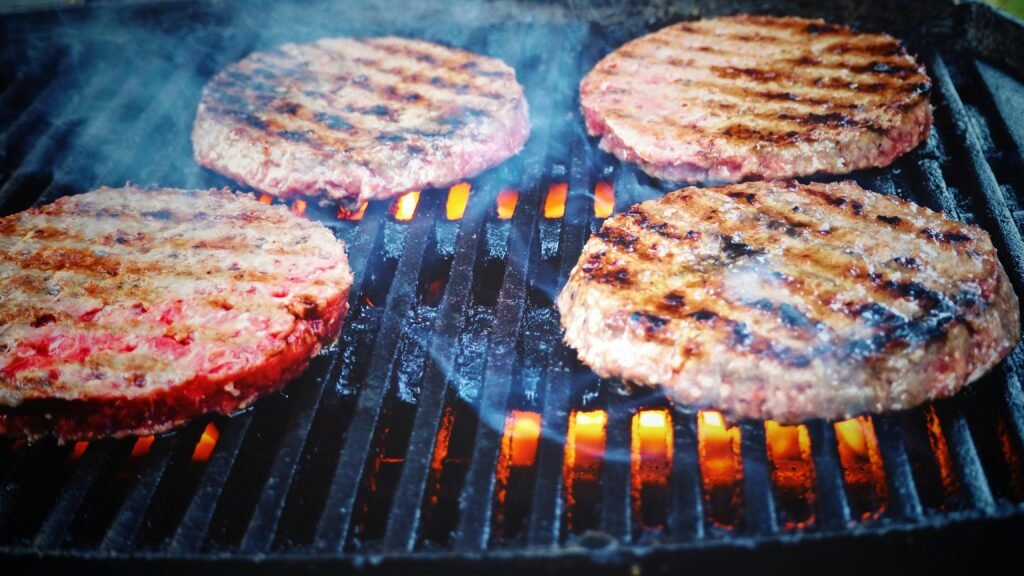Have you ever wondered if smoking a brisket could be your next culinary adventure? We know the idea of smoking meat can seem daunting at first, but once you get the hang of it, there’s no turning back. Let’s embark on this flavorful journey together as we explore the ins and outs of crafting a perfectly smoked brisket.

This image is property of images.unsplash.com.
Understanding Brisket: The Cut of Meat
Before we light up the smoker, let’s talk about brisket itself. This cut of meat comes from the lower chest or breast of beef. It’s known for its toughness due to the connective tissues, which require slow cooking to break down into melt-in-your-mouth tenderness. We’ve all been there, standing at the meat counter, pondering which brisket is the right one. Fear not, we’ve got your back.
The Anatomy of a Brisket
A brisket typically consists of two parts: the flat and the point. The flat is thinner and leaner, while the point is thicker with more marbling. Both pieces bring something to the table — literally! For smoking, a whole brisket, also known as a “packer brisket,” gives you the best of both worlds.
Choosing the Right Brisket
We know it’s tempting to go with the leanest cut, but in the case of brisket, fat is a friend. Opt for a well-marbled piece; it’ll keep the meat juicy during the long smoking hours. Look for one with a white, creamy fat cap and a flexible texture when you give it a gentle bend.
Preparing for the Smoke: Essentials and Tools
Before we dive into the recipe, let’s talk about the gear. Think of it like preparing for a camping trip; you’ll want to make sure you have everything you need before setting off.
The Smoker and Wood Choices
While there are many types of smokers out there, an offset smoker is often preferred by traditionalists. However, other types like electric, pellet, or even a charcoal grill can be used effectively. Smoked brisket thrives on the aroma of wood. Popular woods include hickory, oak, and mesquite for their robust, smoky flavors, but milder options like apple or cherry work well too.
Essential Equipment Checklist
Here’s a list to help us stay organized:
| Item | Purpose |
|---|---|
| Smoker | For the actual smoking process |
| Meat Thermometer | To check internal temperature |
| Sharp Knife | For trimming and slicing brisket |
| Cutting Board | For trimming and resting the meat |
| Aluminum Foil/Butcher Paper | For wrapping the brisket |
Having this equipment handy ensures that we’re all set for the smoking process. Now, let’s move on to preparing the brisket itself.
The Recipe: Step By Step
Ready for the main event? Let’s roll up our sleeves and get into the nitty-gritty of smoking a brisket. It’s an art and a science, but with a little patience and know-how, we’re going to create something truly delicious.
Trimming the Brisket
First things first, we need to trim the brisket. We want to cut away excessive fat but leave a thin layer to keep it moist during smoking. Trim until about a quarter-inch of fat remains on top. Don’t worry if it’s not perfect; precision isn’t as crucial as getting familiar with the feel and cut of the meat.
The Rub: Layering Flavor
The rub is our secret weapon. It’s where we begin to layer flavor onto the brisket. A basic rub includes salt, pepper, and a bit of brown sugar, but feel free to get creative! Here’s a simple rub recipe to get us started:
- 1/4 cup kosher salt
- 1/4 cup freshly ground black pepper
- 2 tbsp paprika
- 2 tbsp garlic powder
- 1 tbsp brown sugar
Mix these ingredients together and massage them generously over the brisket. We want to ensure every inch is covered, as this will be our crust, or “bark.”
Setting Up the Smoker
Preheat the smoker to 225°F. If you’re using wood chunks, soak them in water for about an hour before adding them to the smoker. This helps them smolder instead of burning too quickly. We’ll place a water pan in the smoker to maintain moisture.
The Smoking Process
It’s time to place the brisket in the smoker, fat side up. This allows the melting fat to baste the meat. Depending on the size, smoking a brisket can take anywhere from 10 to 16 hours — roughly an hour to an hour and a half per pound.
During this time, let’s resist the urge to constantly peek. We want to maintain a steady temperature and let the smoker work its magic.
The Stall: Don’t Panic!
At some point, the internal temperature might stall around 150-160°F. This is normal. Wrapping the brisket in aluminum foil or butcher paper, a technique known as the Texas Crutch, helps it power through the stall.
Checking for Done
The brisket reaches perfection between 200-205°F. We’ll check it with a meat thermometer inserted into the thickest part of the flat. Once it’s done, let it hang out in a cooler, wrapped, for an hour. This resting time is crucial for the juices to redistribute.
Slicing and Serving
After we’ve patiently waited, it’s time to slice. Cut against the grain to ensure tender bites. If we’re serving a crowd, the different textures of flat and point will please all palates.
Sauces and Sides
We can complement our smoked masterpiece with well-chosen sides and sauces. A simple BBQ sauce can enhance flavor, but the focus here is on the meat, so keep it light. For sides, think coleslaw, baked beans, or cornbread to bring it all together.

This image is property of images.unsplash.com.
Troubleshooting Common Issues
Even with careful planning, things might not always go as expected. If the brisket turns out tough, it’s likely undercooked. A bit more time in the smoker or oven can help. If it’s too dry, consider braising it with a bit of beef stock.
The Joy of Smoking Brisket
There you have it, our guide to smoking a brisket. We’ve walked through the process from selecting the cut to slicing and serving. It’s as much about the experience as it is about the end result. We hope this makes you feel a bit more confident and inspired to fire up the smoker. Remember, it’s all about experimenting and enjoying the journey.
With a little practice, we’ll turn smoking a brisket into our culinary pièce de résistance. It’s an art form, no doubt, shaped by patience, dedication, and a love for smoky flavors. Let’s savor every step and every bite.



